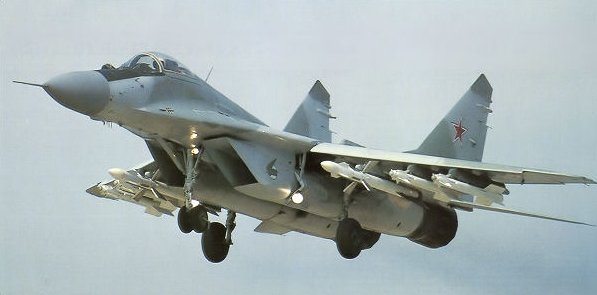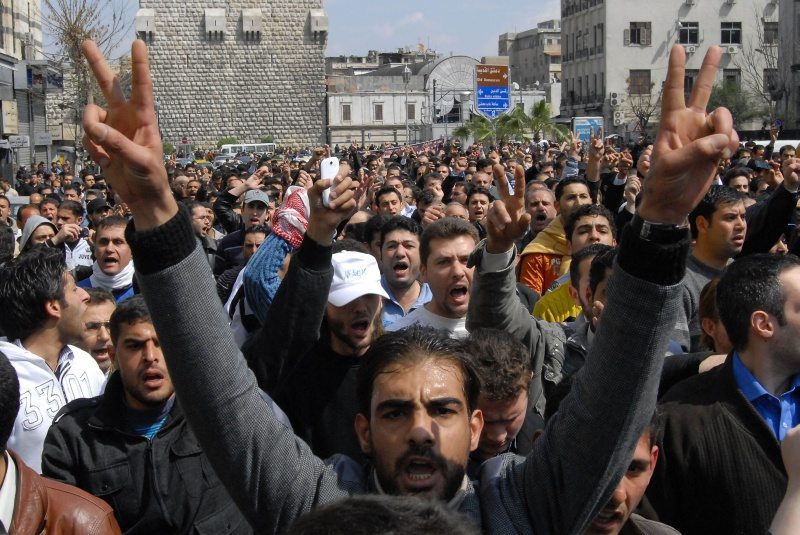In September 2011 the Peruvian Defense Ministry received the second batch of Mi-171SH helicopters as part of the supply contract signed with the Russian official arms trader Rosoboronexport in 2010.
In addition to Mi-171SH, painted in the colors of the Peruvian Air Force, the supplier shipped all equipment for their maintenance and servicing. All helos of the batch passed acceptance tests and were fielded shortly. Noteworthy, the first delivery took place back in May 2011. It means that the JSC Rosoboronexport has upheld its standing commitments under the contract, which will be deemed closed as soon as the warranty is over for the Mi-17SH and Mi-35P, supplied earlier this spring.
The Peruvian military has known Russian rotary-wing aircraft for quite long, since Peru was one of the first Latin American partners of Russia (then USSR) in the domain of military-technical cooperation. The history of diplomatic relations between the countries dates back to February 1, 1969. The Soviet Union has been shipping T-55 tanks, MiG-29 fighters, Mi-8 helicopters and other hi-tech equipment to Peru ever since 1973, which made the Latin American nation one of Russia’s priority partners: indeed, it ranked second to none on the continent in terms of volumes of Soviet commercial and military aircraft in service. Moreover, Soviet specialists earned invaluable experience of launching versatile economic programs in Peru. For instance, Russian rescue services and medics did a lot to relieve the pain of the Peruvian nation following the disastrous earthquake in 1970. This helped a lot in forging a much closer relationship between the nations.
A sad fact, no defense contacts were registered between the two countries in 1990s, as both were engaged into tremendous reforms, which could not help affecting the cooperation. However, the situation changed for the better in the first decade of the new millennium: the interaction evolved to become a long-term, strategic partnership, meeting the needs and interests of both nations. The first attempt to resume cooperation was made when contracts were signed to upgrade and repair Mi-17 and MiG-29 in service with the Peruvian Armed Forces. Yet another deal that is worth mentioning was the Kornet-E ATGM supply contract.
The Defense Ministry of Peru opted for Mi-171SH and Mi-35P helicopters in 2010 because of their superb reliability and vulnerability, capability to operate in adverse climatic conditions, as well as formidable weapons, outstanding reliability and huge modernization potential. The choppers inherited unique survivability from predecessors that had taken part in almost all conflicts in the second half of the 20th century. The legendary aircraft proved effective in Afghanistan: there are hundreds of happy-end stories, when choppers returned to bases with rotor blades, fuel tanks and pipes shot through, and then went back to combat after field repairs.
There are also quite a few reports from Peru, where Mil helos are used widely against terrorists and drug smugglers in the valleys around the Apurimac and Ene rivers. For example a Peruvian mass media outlet reported, a Russian helicopter got ambushed during a routine patrol in September and sustained severe damage, but managed to RTB. As for other dimensions of the military-technical cooperation between Russia and Peru, the first and foremost item on their agenda is the deployment of a service center for maintenance and overhaul of Mi-8, Mi-17 and Mi-26T aircraft in Peru.
Rosoboronexport offered an extensive program of cooperation in the area of modernization and sales of armored, naval, radar, air defense and guided antitank weapons, small arms and ammunition as well as training aids and technologies.
Special importance is attached to peacetime hardware that can be used in solving humanitarian crises and managing the aftermaths of natural disasters, which are frequent in Latin America and Peru in particular. Russian Ural multifunction, utility vehicles have earned a reputation of invaluable in a series of most difficult rescue operations. They are known widely around Latin America: Mexicans, for instance, used them in managing the aftermaths of Hurricane Katrina, while Uruguay paid tribute to them during UN missions in Congo and Haiti, and Guatemala in combat against drug traffickers. The recently unveiled Tigr armored vehicle is yet another example of an effective solution for SAR and special operations. Notably, Uruguay has purchased a batch for its Interior Ministry.
The trade turnover as part of the military-technical cooperation between Russia and Peru amounted to $130 million over the past few years. Meanwhile, the fruitful and effectively developing ties of the nations in defense technologies have prompted other nations in the region to take a closer look on Russian weapons, which enabled Rosoboronexport to introduce a balanced pricing policy that takes into account their economic capabilities.
The Russian official arms trader carries on its aggressive marketing campaign on the Latin American weapon market, which it considers as one of the most promising and important for Russia, especially following the significant rise of Russian weapon supplies to the region over the past few years.
Unlike many other weapon suppliers Rosoboronexport does not offer only ready-made pieces of military hardware to its Latin American partners, but also a wide range of after sale services, repairs, component supplies, upgrades, armor reinforcement and license production in the form of direct or indirect offset agreements, including with technology transfer. For instance, there is a fully-fledged repair center to maintain Russian-made choppers in Mexico, while a training center and a repair facility are being built in Venezuela to provide training and overhaul of Russian aircraft. Moreover, agreements were signed to deploy similar facilities in Argentina, Brazil, Venezuela, Columbia, Peru and some other Latin American nations.
Seeking to shape up, boost and expand long-term relations with its partners, Rosoboronexport reacts rapidly to their desires in a bid to further develop a transparent, fruitful and mutually-beneficial dialog.











